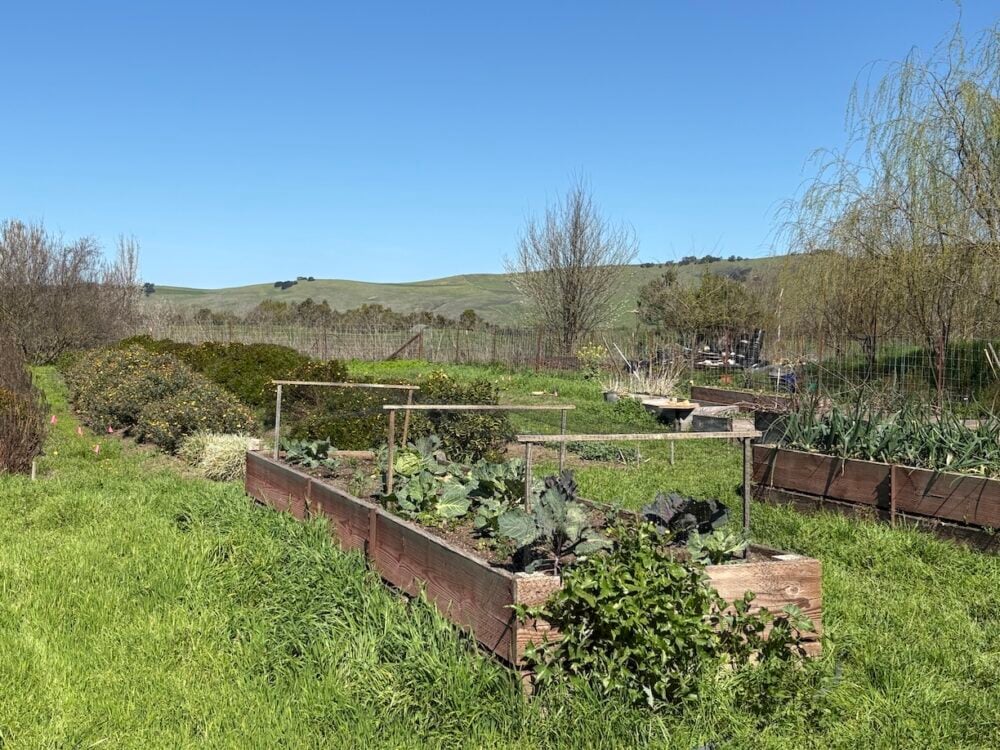

Contributor
- Topics: Archive


For almost a decade, artist and industrial designer Dexter Cannon has gardened a steep slope in a canyon nestled in the Santa Monica Mountains in Sherman Oaks. Sharp-shinned hawks and Cooper’s hawks feed their young in plain view, while lizards sunbathe oblivious to the gardener at work. Native California black walnut (Juglans californica) and coast live oak (Quercus agrifolia) shade the walnut woodland habitat. The topography and the woodland both affect the light that infuses the garden.
The garden around the home where Cannon lives with his wife Lee Hendrix, curator of prints and drawings at the J Paul Getty Museum, blends seamlessly into the mountain range surrounding it. A path separates their “wild” garden on the hillside above from the landscaped garden below. Above the path, gooseberry (Ribes californicum), toyon (Heteromeles arbutifolia), Cotoneaster franchetii, and Pyracantha angustifolia shelter aloes and other succulents tucked into the native Modelo shale soils.

The lower landscaped garden begins at a cobalt blue retaining wall, three steps from street level. Leaning against the wall is a two-foot wide, round fan wheel. According to Cannon, its hefty blades once cooled a diesel engine. Rusting industrial relics from Cannon’s work as a tool and die designer at Northrop Aircraft dot the garden. Some are incorporated into sculpture; others are so handsome that they need no enhancement.
A small, 1940s-era A-frame house divides the long, narrow acre of land into a north and south side. Eleven flagstone steps lead from the street to the north garden and to the entrance to their home. On the way up, the visitor passes a bed of roses on the left and drifts of montbretia (Crocosmia) on the right, before coming to Cactus Hill.
Cactus, Agaves, and Rock
Cactus Hill embodies what Cannon’s landscaped garden is really about: stone work, succulents, and cactus. Here are seven species of prickly pear or beavertail cactus (Opuntia basilaris, O. chloratica, O. littoralis, O. macrocentra, O. phaeacantha, O. engelmanii var. linguiformis and O. stricta), plus four species of agave (Agave harvardiana, A. americana, A. americana ‘Mediopicta Alba’, and A. tequilana).
On the uphill side of Cactus Hill, the plants are set amidst what Cannon calls “lava flows” of Utah Sunrise, a sturdy flagstone that echoes the creamy yellow color of the fragile native shale underlying the canyon. Cannon uses the flagstone as an edging as well as in areas where he wants to imitate the natural shale, but with a stronger building material.

To give the plants a healthy start, he reconfigured the existing soils, extracting rocks from the soil and using them to form pockets in which to plant the cactus. He also added boulders weighing fifty pounds or more to embellish the landscape. The plants have produced pups and are growing together like a happy family.
Cannon regularly top-dresses the soil that runs off the hill with rubble he collects from roadway cuts in the desert. He goes on his expeditions equipped with heavy-duty gloves, a shovel, and a paint bucket. “It’s beautiful rubble,” Cannon says; “you can get gravel anywhere. This is the real thing: desert alluvial outwash.”
A five-foot-wide path of Utah Sunrise flagstone winds to the right where a vigorous twenty-five-foottall cactus (Trichocereus peruvianus) marks a bend that leads to the covered north patio. Cannon and Hendrix share most of their meals here. To further punctuate the path, one of three that he has added to the original two in the garden, Cannon built a looming obelisk of rusted Corten steel. Like the gnomon of a sundial, the sculpture casts a shadow as the sun moves across the sky. The obelisk’s sharp points contrast nicely with the rounded tips of the nearby columnar cactus.

An Artist and a Collector
Two garden areas dubbed Aloe Hill and Echeveria Hill thrive alongside the path. From afar, the echeverias resemble a Persian tapestry. An iron chiminea, streaked with cadmium orange and sulfur yellow, stands not far from the patio. Cannon built it from a compressed gas tank that he and Hendrix salvaged at an industrial scrap yard. He regularly feeds its glowing fireplace fallen branches that he finds on his land; the heat of a fire turns the metal to purple and gold. Mindful of the risk of wildfire in Southern California’s woodlands, Cannon installed two spark arrestors atop the chiminea to ensure that nothing flammable escapes.
From the north patio, Cannon and Hendrix enjoy a view of the distant Santa Susanna Mountains, framed by stone fruits, oaks, and an old grove of navel oranges and ‘Eureka’ and ‘Lisbon’ lemons. The bright orange and yellow fruit contrasts with the glaucous purple of nearby succulents.
Cannon is a collector. Near the house is a fifteen- by twelve-foot rectangle, open to the path on one side, to display his potted collection of cactus. Pots of Mammillaria, Gymnocalycium, and Echinocactus are arranged on three heavy Douglas-fir beams set on ceramic chimney flue tiles. Cannon uses tweezers to weed and stage each pot with sand and rock.
Aloes and cactus excite Dexter’s imagination.” As he puts it,
Some cactus are like huge flotation balls studded with detonator spikes that threaten to explode. The golden barrel cactus (Echinocactus grusonii), with hockey stick talons, also has beautiful yellow flowers that seem to burst from the top of the barrels.
On the path to the south patio, the visitor passes a collection of rakes and shovels, which are arranged from small to large—meticulously spaced like a painter’s still life. The patio emerges just past a concrete retaining wall mottled by a patina of algae accumulated from decades of moisture seepage. Sweet olive (Osmanthus fragrans), cotoneaster, and pineapple guava (Acca sellowiana) form a canopy over the seating area. In season, tomatoes overflow half-adozen large pots raised on brick and redwood benches. Another smaller chiminea illuminates the space.

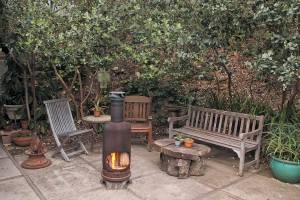
Fungus Grotto
Behind the patio, Cannon grows mushrooms at the bottom of a mountain grotto, framed by guavas on one side and the fantastic outcropping of multilayered Modelo shale on the other. The cooling shade of old growth oaks and the swale of the canyon makes this the best natural environment to grow mushrooms in Southern California, says Cannon, who had grown mushrooms as a boy in Pennsylvania. He began by locating fourteen oak, ash, and walnut logs, which he cut into four-foot lengths. He arranged them vertically on wood chips in the grotto. Next, he bored about seventy holes in each log, spacing them three to four inches apart, inserted mushroom spores in each hole, and covered them with beeswax. To counter the heat of the San Fernando Valley each summer, he wraps the logs in a plastic sheet with a slit at the top where he places a hose to water the logs. Irrigation here is limited by ordinance to twice a week. In winter, he removes the covers.

After almost two years, the logs are flocked with mycelium, a thick mat of fuzzy skin that grows out of each plughole. To date, only the shiitake (Lentinula edodes) has grown. The remaining four species are lion’s mane (Hericium erinaceus), tree oyster (Pleurotus ostreatus), chicken-of-the-woods (Laetwiporus conifericola), and Phoenix oyster (P. pulmonarius). Cannon continues to be optimistic that all will be producing soon. He believes that the plastic sheeting may have been too efficient, preventing proper air circulation and causing a large mold bloom when the logs are uncovered for winter. This year, he will expand his efforts by using more fresh oak logs, finding a better way to protect them in the dry summer, and engineering a more efficient watering system.

A Slow Transition
When Cannon moved here ten years ago, the only hint of a landscape was two great bursts of bird-of-paradise (Strelitzia reginae), irrigated by an existing sprinkler system. Two paths had been carved from the natural line of the steep hillside, one leading from the street to the front entrance, and another around the back of the house. Both were unkempt and unpaved, littered with accumulated humus and forest detritus. The back path was covered with a deep layer of light, fluffy loam. Walking out of the house was risky; Cannon remembers sinking to his knees and slipping on rock hidden beneath the loam.
Clean-up has taken years and is ongoing. Cannon reconfigured the contours of the path, taking soil from the high spots and filling in the low ones. He removed what he calls “derelict non-performers” and everything not in the design that he envisioned. The bird-of-paradise were retired, along with sprawling patches of ivy and an unknown succulent that was taking over the hillside. The beauty of the site revealed itself as the basic geology was exposed.
In the three years since Cannon and Hendrix endured a remodel of their home, the plants in the ground have thrived without irrigation. Cannon uses the sprinkler system only to wet down the mushroom grotto on the south side of the house; in summer, he unwinds a hose once a week to water his 150 succulent pots.

There are lessons to be learned from remodeling, but to discover that a Southern California garden can survive without water is not usually one of them. When Cannon and Hendrix remodeled their small home, there was no room in the house to store their furniture. They had a choice: either rent a storage facility or leave their furniture outside. They chose the latter, expecting that the remodel would be finished in a month or so. Instead, it dragged on for eight months. With luck that Cannon attributes half-jokingly to divine fate, it never rained during that prolonged remodel. And Cannon never watered for fear of soaking the furniture.
Plants were stressed during the artificial drought, but none died, as they often had done when Cannon over-watered them. Even the roses survived. Cannon learned that stressed aloes turn beautiful colors of pink, purple, and red. What’s more, he realized that he and Hendrix could easily cut their huge water bills to a few hundred dollars a month.
On the chance that anyone might want to try the same experiment, Cannon warns that withholding water so completely may not be a good idea in every garden. His garden is protected from the sun by the tree canopy and cooled by groundwater and the shade of the hill. He learned that the mountain is a natural aquifer where the water table is often close to the surface of the soil. When putting a spade into the ground, he found that much of his soil is moist at a depth of only twelve inches. The soil is dark and damp even during periods of drought. When compressed it weeps moisture. On the street below the house, water seepage has turned the ground green.
While Cannon’s guiding principle has been to preserve the walnut woodland habitat that surrounds his house, developers have lobbied to build houses on nearby acreage. Cannon and his wife grew alarmed when they learned that their mountain retreat would be next door to a swarm of turf-bordered mini-mansions. They joined with neighbors to champion a bid by the Mountains Recreation and Conservation Authority (MRCA) to buy the remaining undeveloped land in the area. This year the neighbors won their battle. MRCA acquired the land, a move that thrills local naturalists who acknowledge that Southern California’s walnut woodlands are an important but endangered plant community.
Cannon continues to relish the light in his garden. As he notes,
“I ponder how the garden has such power to charm. In Indian summer, the light targets down the long axis of the canyon, from great distance, then shoots like a laser right across these terraces, tight and narrow. The garden is about the light quality and the envelopment of its spaces by the tall overgrowth. Here you have the sense of walking through a complete world.”
Share:
Social Media
Garden Futurist Podcast
Most Popular
Videos
Topics
Related Posts
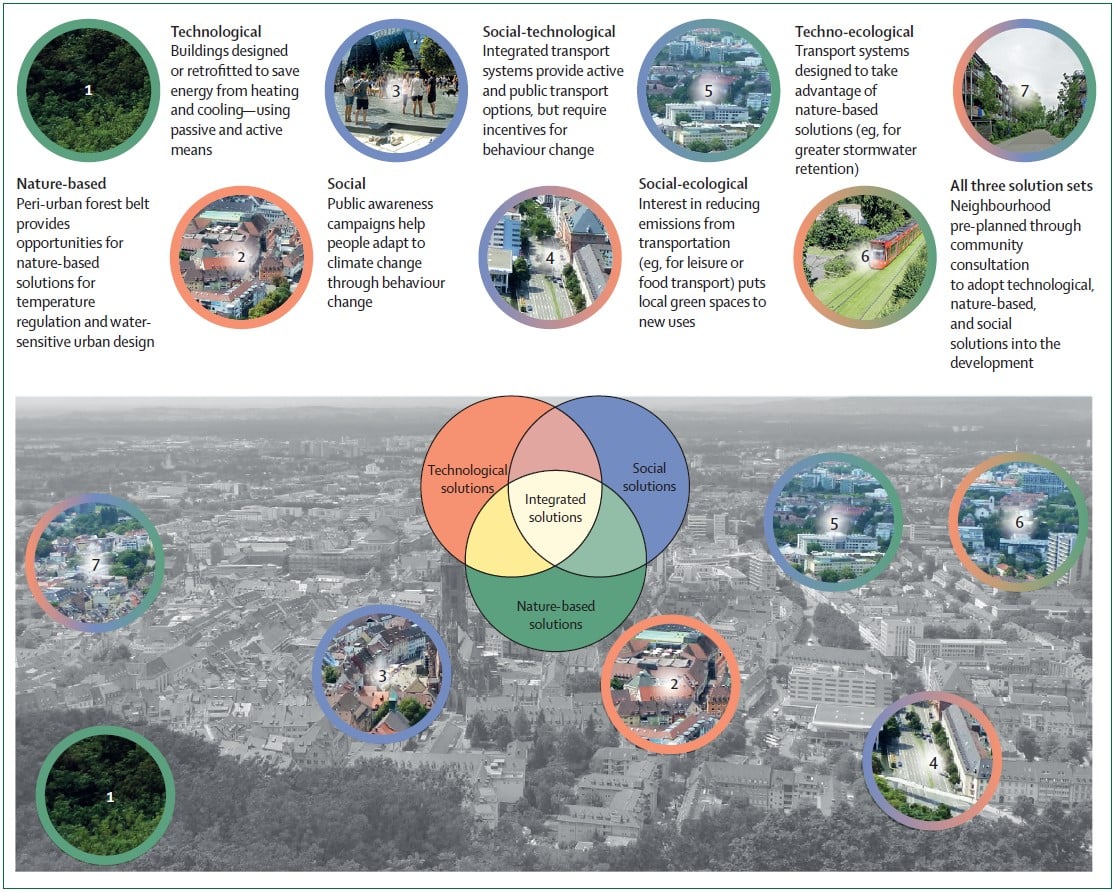
Ground Up Science for Greener Cities with Garden Futurist Dr. Alessandro Ossola
Spring 2023 Listen to the Podcast here. Alessandro Ossola is a scientist who gets very excited about the challenge of climate change allowing for an
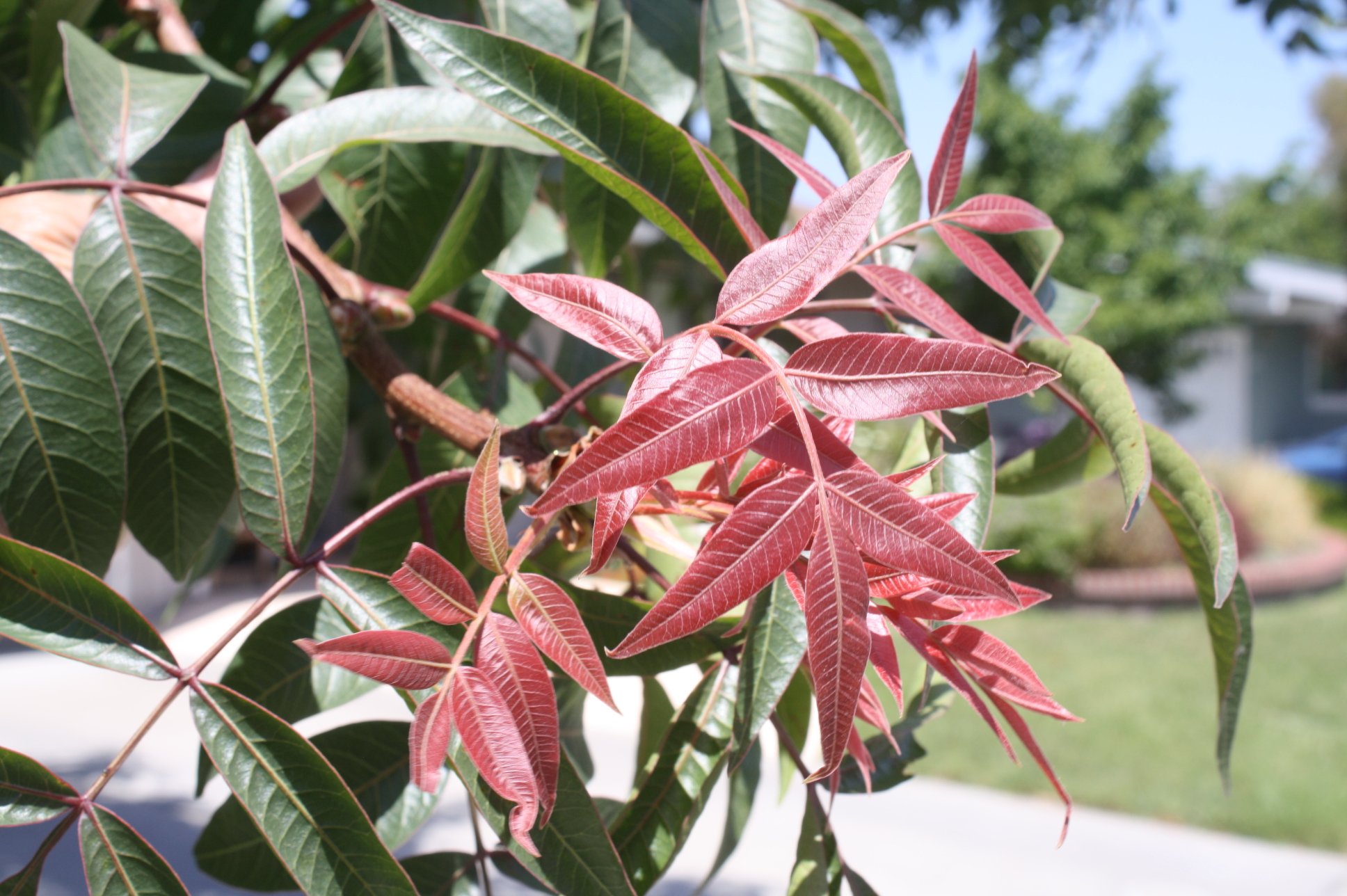
Readying Urban Forests for Climate Realities with Garden Futurist Dr. Greg McPherson
Winter 2023 Listen to the Podcast here. “Going from the mow and blow to a more horticulturally knowledgeable approach to maintaining the landscape. And that

January Showers Bring February flowers…
Fall 2022 It may not quite have the same ring to it as the old English proverb, but it has a lot more truth to
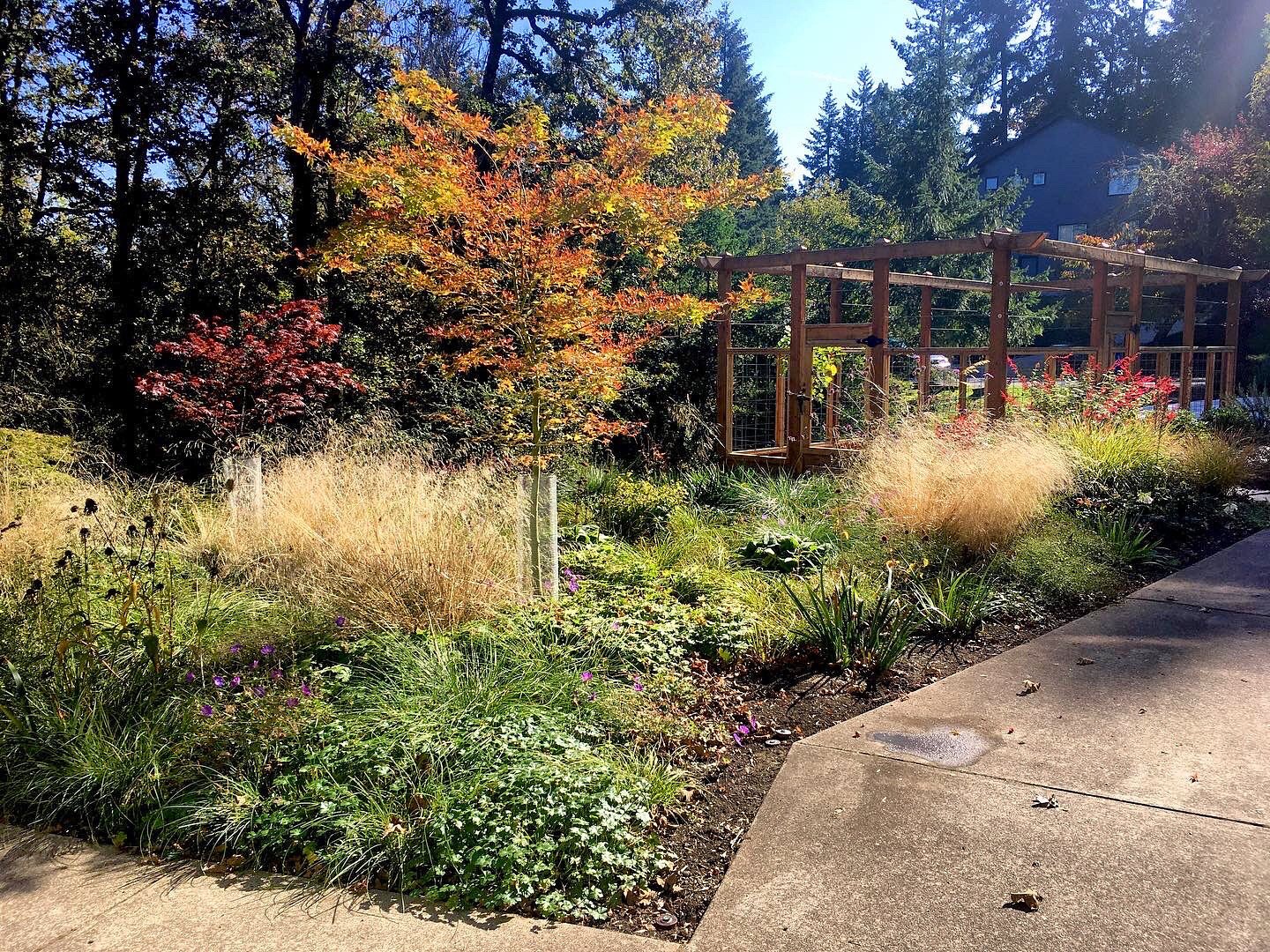
Low Maintenance Gardens – Better for Pollinators and People
Autumn 2022 “I come out every day. It’s therapy, my meditation.” Janet’s young garden transformed from overgrown, invasive plants to mostly natives. The dailiness of




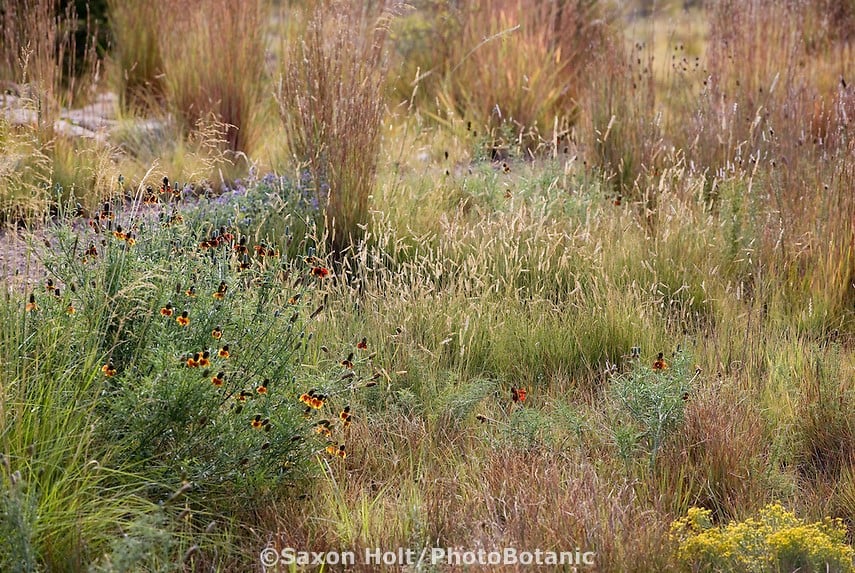

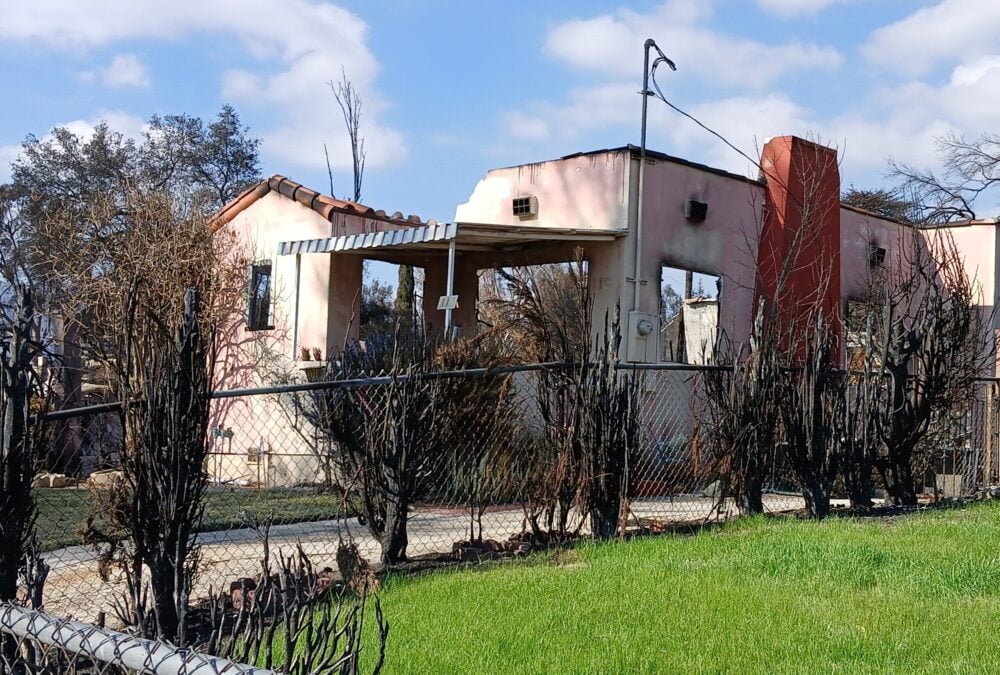



Responses